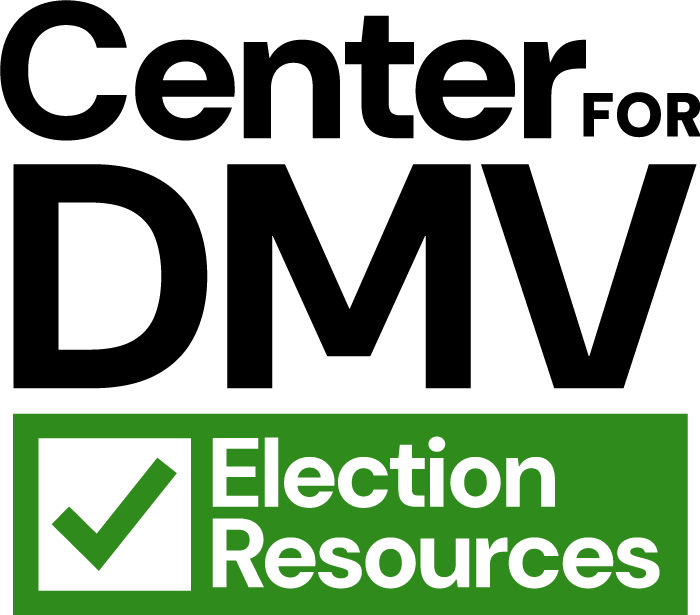Improving Motor Voter Registration: A Colorado Case Study
By Lisa Danetz
Over the past few years, I’ve traveled across the United States working to understand and improve state motor voter registration services, as yet another step towards ensuring all eligible individuals have the opportunity to register to vote in the United States. My goal has been to learn from each state’s experience, share its findings with others, and encourage strong connections between the Department of Motor Vehicles (DMV) officials – who, through the motor voter process, are now the source of 45% of the nation’s voter registration activity – and the election officials who administer the elections.
Colorado, in particular, has stood out as a state that has implemented one of the more modern, collaborative, and user-friendly motor voter registration systems in the country.
In five years, Colorado implemented motor voter registration upgrades including updated policies and technology, and successfully transformed an inefficient multi-step paper-based system into a modern streamlined electronic automatic voter registration system that complies with the National Voter Registration Act (NVRA). These changes led to a decrease in DMV transaction time by 20 to 30 seconds, contributed (along with a larger DMV IT system modernization) to a four-minute reduction in the DMV’s initial wait time, and increased access and usage of motor voter registration opportunities.
HOW COLORADO MADE THIS HAPPEN
While each state has its own set of obstacles to navigate – like differing agency priorities, resource shortages, bureaucratic resistance, and technology challenges – Colorado’s story of success can serve as a guide to overcoming these obstacles to serve a state’s citizens and ultimately improve the strength of our democracy. Most notably:
- Relationship Development
In Colorado, relationship development was key. Both Elections Director Judd Choate and DMV Senior Director Mike Dixon recognized and prioritized relationship-building and communication between their offices to address and upgrade the state’s motor voter registration processes. Over several years, the development of a strong and trusted relationship between their teams allowed process upgrades to come to fruition. The initiation of the state’s NVRA Working Group was especially significant, bringing all stakeholders together to provide input and buy-in, and to recognize the potential of the DMV IT system modernization project.
- Internal Advocacy
Differing missions and priorities between agencies do not need to be a roadblock. In particular, while voter registration is one of the core concerns of elections agencies like the Colorado Department of State (CDOS), it is simply one of many responsibilities handled by the DMV—and one for which they often do not receive direct funding. That can make it difficult for an entity like a DMV to prioritize process changes when what’s in place seems to work. The legal memos and explanatory presentations that CDOS prepared for CDOR helped move along the understanding of the need to make process fixes—and the resulting benefits.
- Investment of Resources
More frequently than not, process changes involve the investment of significant resources – both time and money – and these process changes were no different. Fortunately, the Colorado DMV was already planning an IT modernization of its driver’s license system. Including motor-voter registration modifications was a cost-effective method to improve that system as well. The costs for the motor voter changes were easily absorbed into the project. In addition, for those upgrades that were not part of the original DMV system modernization, CDOS paid for the DMV motor voter registration technology upgrades and worked with the Colorado Department of Revenue (which houses the DMV) to write the requirements.
LOOKING AHEAD TO 2020
Perhaps the most important lesson to be learned from Colorado’s experience is that our systems must constantly adapt and evolve to fit the changing needs of our citizens and voters. In fact, the Colorado legislature recently passed a bill in May 2019 that requires the state to adopt and implement “Oregon style” automatic voter registration by July 2020. As the state prepares to implement this latest set of changes, it is the perfect time to examine the breadth of the already-implemented process upgrades and the robust data available about their impacts to date. While what works for one state is not a guarantee that it will work in another, Colorado’s efforts provide important lessons for policymakers to consider in devising their own motor voter registration upgrade plans.
Lisa Danetz conducts this work on behalf of Democracy Fund, and has worked in the voting rights, money in politics, and democracy field as a policy expert, advocate, and lawyer for 20 years. She has developed a particular expertise on voter registration through government agencies and, most recently, has been doing work within the AAMVA (DMV) community to provide information and support related to their voter registration and election responsibilities. In addition to her work with Democracy Fund, she has worked with Demos and the National Voting Rights Institute, among others. She received her B.S. from Yale University and her J.D. cum laude from New York University School of Law.


